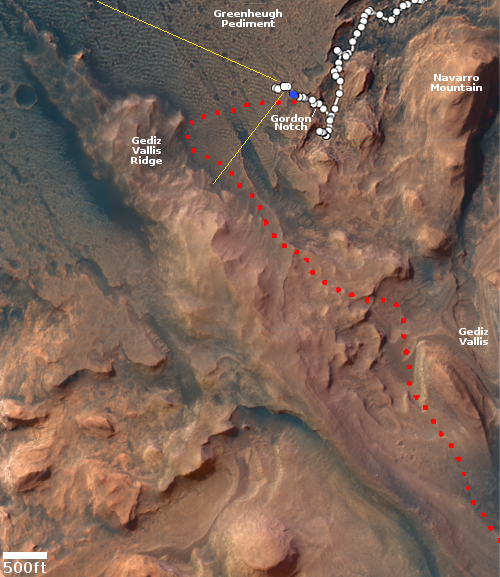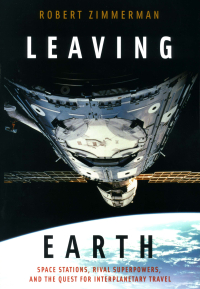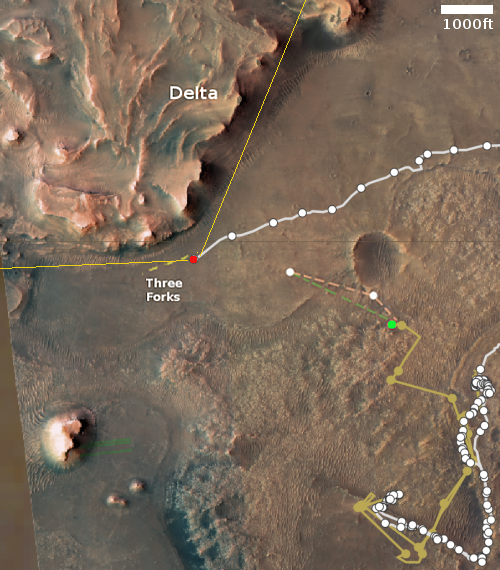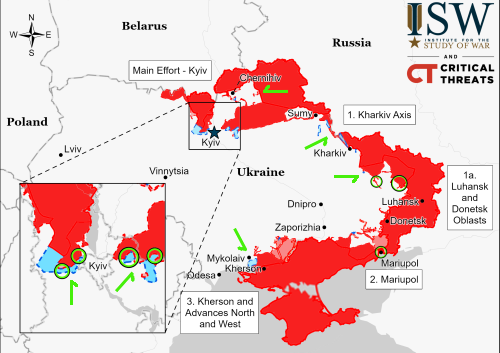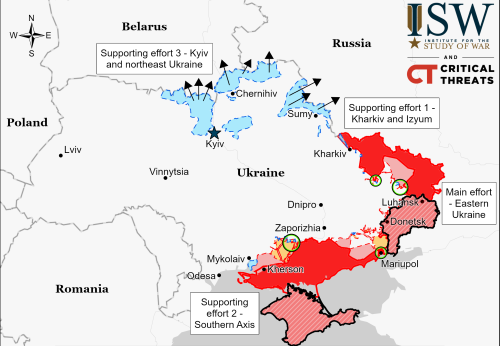MAVEN and Al-Amal scientists sign agreement to collaborate
Scientists running the Mars orbiters MAVEN (from NASA) and Al-Amal (from the United Arab Emirates [UAE]) have signed an agreement to share data and — more importantly — coordinate their observations of the Martian atmosphere.
A new partnership that encourages the sharing of data between NASA’s MAVEN (Mars Atmosphere and Volatile Evolution) project and the Emirates Mars Mission’s (EMM) Hope Probe (Al-Amal in Arabic) will enhance scientific returns from both spacecraft, which are currently orbiting Mars and collecting data on the Red Planet’s atmosphere. The arrangement is expected to add value to both MAVEN and EMM, as well as the scientific communities involved in analyzing the data the missions collect.
MAVEN went into orbit around Mars in 2014. Its mission is to investigate the upper atmosphere and ionosphere of Mars, offering an insight into how the planet’s climate has changed over time. “MAVEN and EMM are each exploring different aspects of the Martian atmosphere and upper-atmosphere system,” said Shannon Curry, MAVEN principal investigator from the University of California, Berkeley. “Combined, we will have a much better understanding of the coupling between the two, and the influence of the lower atmosphere on the escape to space of gas from the upper atmosphere.”
The EMM Hope Probe, which went into Mars orbit in 2021, is studying the relationship between the upper layer and lower regions of the Martian atmosphere, giving insight into the planet’s atmosphere at different times of the day and seasons.
What this agreement means is that the two science teams can more quickly match up the data from both orbiters, and figure out the relationships between both.
Scientists running the Mars orbiters MAVEN (from NASA) and Al-Amal (from the United Arab Emirates [UAE]) have signed an agreement to share data and — more importantly — coordinate their observations of the Martian atmosphere.
A new partnership that encourages the sharing of data between NASA’s MAVEN (Mars Atmosphere and Volatile Evolution) project and the Emirates Mars Mission’s (EMM) Hope Probe (Al-Amal in Arabic) will enhance scientific returns from both spacecraft, which are currently orbiting Mars and collecting data on the Red Planet’s atmosphere. The arrangement is expected to add value to both MAVEN and EMM, as well as the scientific communities involved in analyzing the data the missions collect.
MAVEN went into orbit around Mars in 2014. Its mission is to investigate the upper atmosphere and ionosphere of Mars, offering an insight into how the planet’s climate has changed over time. “MAVEN and EMM are each exploring different aspects of the Martian atmosphere and upper-atmosphere system,” said Shannon Curry, MAVEN principal investigator from the University of California, Berkeley. “Combined, we will have a much better understanding of the coupling between the two, and the influence of the lower atmosphere on the escape to space of gas from the upper atmosphere.”
The EMM Hope Probe, which went into Mars orbit in 2021, is studying the relationship between the upper layer and lower regions of the Martian atmosphere, giving insight into the planet’s atmosphere at different times of the day and seasons.
What this agreement means is that the two science teams can more quickly match up the data from both orbiters, and figure out the relationships between both.




